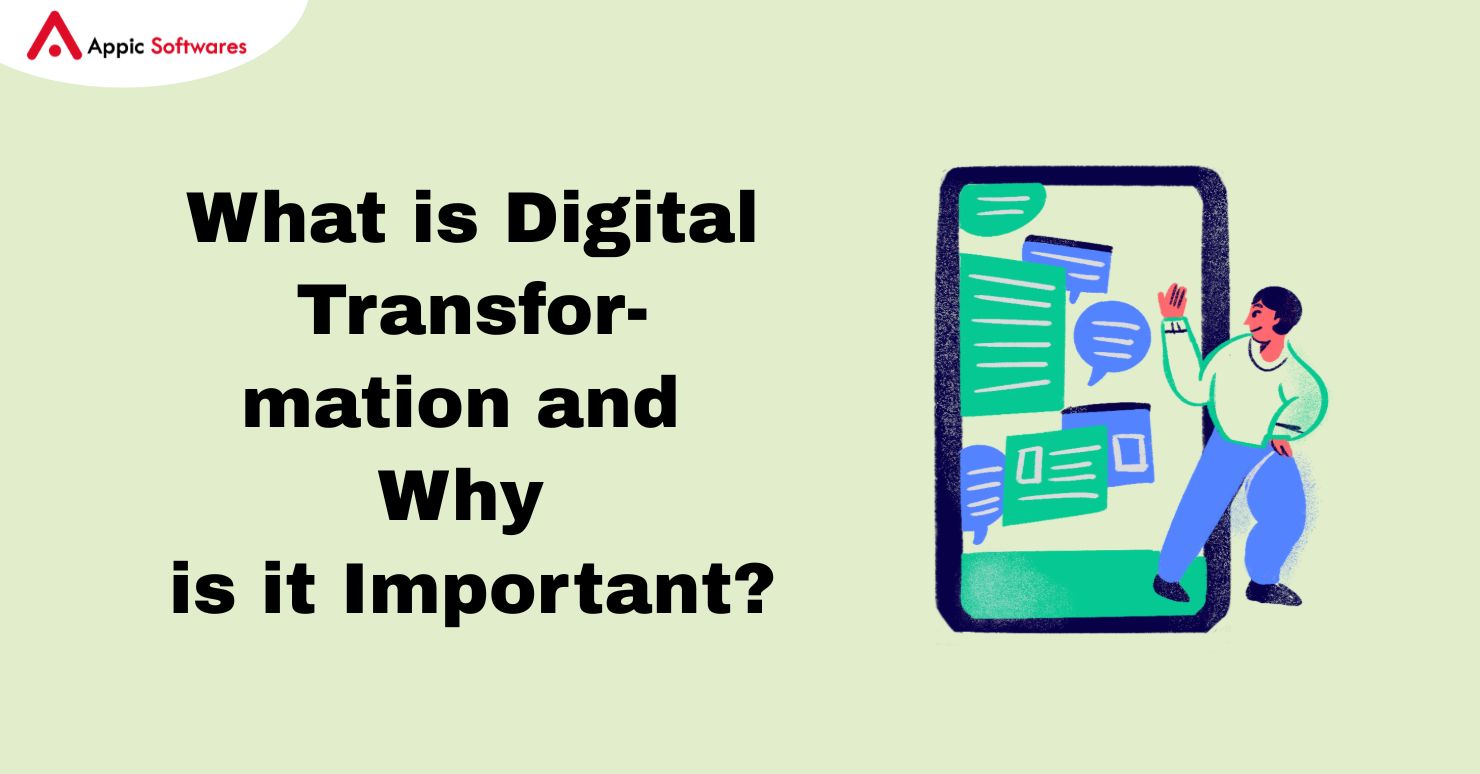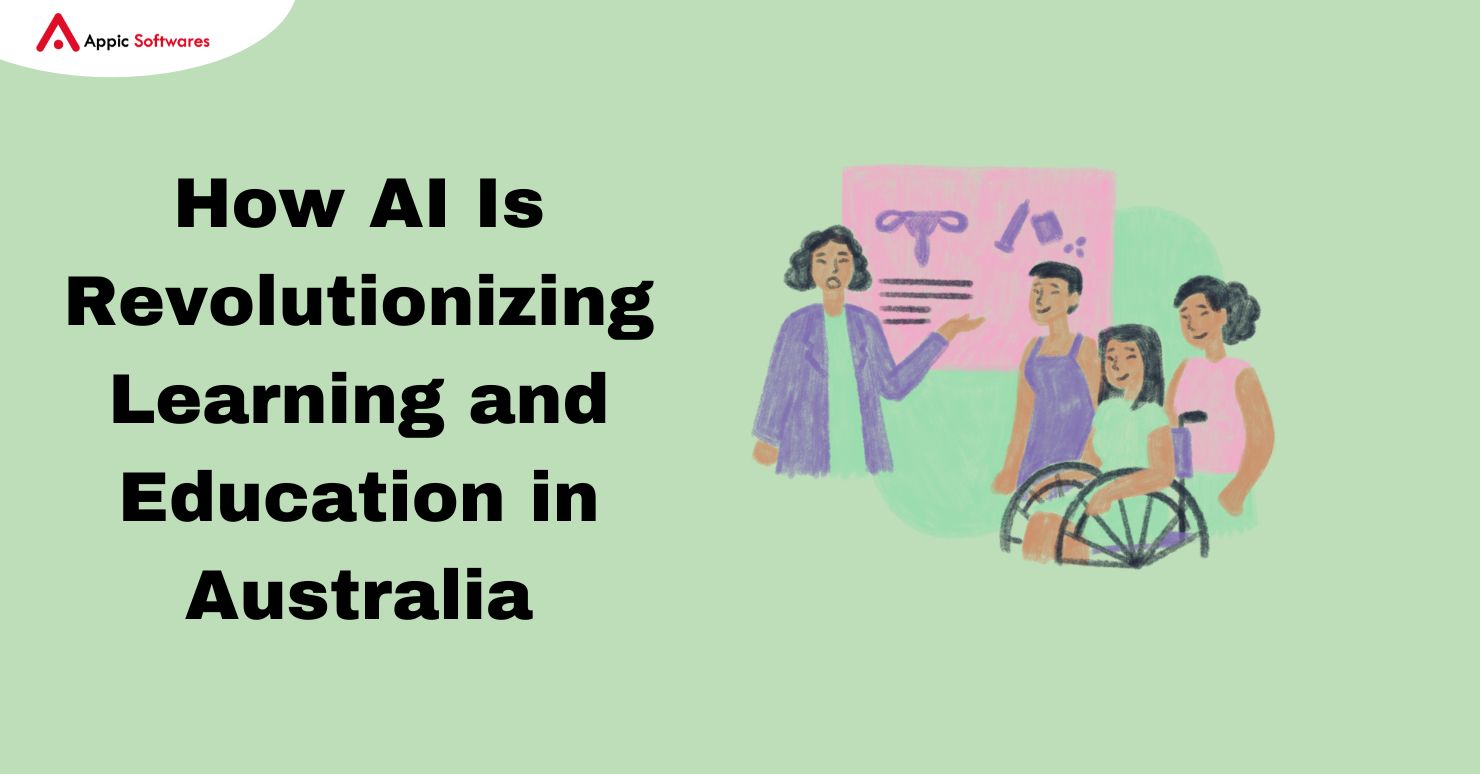
The swarm intelligence market is anticipated to reach a valuation of USD 447.2 million by 2030, with a compound annual growth rate (CAGR) of 40.47% from 2020 to 2030, assuming that the technology is commercialized by 2020. One of the most exciting breakthroughs is the appearance of swarm agents in AI. Swarm Agents in AI, just like natural groups of birds, fish, or ants, function with decentralized control, local interactions, and simple behavioral rules to create intelligent group behaviors. These agents are not just a theoretical concept; They are quickly becoming a real solution in many industries.
>This article presents an analysis of Swarm Agents in AI, including their definitions, current applications, development costs, and the procedures for their creation. For developers, business owners, and technology enthusiasts, this article offers a detailed analysis of the fascinating field of swarm intelligence and its use in current AI systems.
What Is The Concept Of Swarm Agents In AI?
There are separate agents called swarm agents in AI that work together in big groups to solve hard tasks. Swarm agents are not like most AI systems because they don’t use organized control and make decisions from the top down. Instead, they use decentralized control. Simple rules tell each agent what to do next, and they watch what’s going on around them to decide what to do next. It turns out that the intelligence that comes from simple connections is very smart and adaptable.
Swarm agents are a subset of autonomous agents in AI. Swarm agents are autonomous but autonomous agents are not necessarily swarm agents. The main difference is that swarm intelligence is the intelligence that emerges from the interactions between agents in the swarm. This makes Swarm Agents in AI particularly useful for tasks that are dynamic, distributed, and too complex for centralized AI systems to handle efficiently.
Within the broader category of autonomous agents in AI, swarm agents stand apart due to their focus on collective, decentralized problem-solving, making them ideal for dynamic and distributed tasks that centralized systems struggle to manage.
Use Cases Of Swarm Agents In AI
Swarm Agents in AI are becoming more and more relevant in real-world applications because they are scalable, adaptable, and resilient. People are using these tools in areas where collaboration and decentralized control are very helpful. Here are some compelling examples of AI agents in action:
Robotics And Drones That Fly Their Own
In the field of robotics, swarm agents are used to direct groups of robots or drones to complete certain jobs. For example, in search and rescue efforts, many drones can cover a lot of ground, find victims, and talk to each other without a central controller.. These drones can change their positions in real time based on the terrain and real time data to ensure that they give complete coverage and efficient navigation.
Traffic And Transportation Systems
Swarm intelligence is also used in urban traffic management.Swarm Agents in AI can handle traffic lights, plan routes for vehicles, and adapt to real-time traffic conditions. These bots talk to each other and to infrastructure systems to make it easier to move around cities and improve traffic flow. Because they are not centralized, swarm agents work very well for smart city uses.
Operations For The military And Defense
Swarm agents are being made for the military to use in tactical operations, monitoring, and even reconnaissance. A group of unmanned aerial vehicles (UAVs) can move together, keep an eye on a big area, and change their routes to avoid being seen by the enemy. The system is less likely to be shut down by attacks that would shut down standard systems because it doesn’t depend on a central command.
Bioinformatics And Healthcare
The healthcare industry investigates Swarm Agents in AI for their potential use in diagnostic tools and robotic surgical systems and new drug development. Multiple AI agents running simultaneously to analyze medical data in different sections leads to improved diagnosis speed and enhanced accuracy. The swarm-based simulations help model molecular interactions at scale which speeds up the discovery of new treatments.
Logistics And Supply Chain Management
Swarm intelligence has transformed how logistics operates. Agents control warehouse stock levels while arranging distribution services and handle immediate response to delivery disruptions. The logistics operations of Amazon and Alibaba benefit from swarm-inspired robotic systems which help them optimize their delivery systems. Multiple agents work together to complete package sorting and packing and shipping operations while maintaining peak efficiency across fluctuating demand patterns.
Financial Markets And Trading
Swarm Agents in AI in financial markets continuously monitor numerous markets to detect patterns while executing trades automatically. The agents function together to exchange knowledge and modify their plans as they process information in real-time.
These types of AI agents showcase how swarm intelligence excels in scenarios requiring decentralized coordination and adaptability.
What Is the Total Cost Of Creating Swarm Agents in Artificial Intelligence?

AI swarm agent development expenses differ significantly based on system complexity and implementation goals and necessary infrastructure costs. Businesses and developers should know these expense elements before deciding to implement swarm AI solutions.
Basic Simulation Systems
A simple swarm simulation system developed by a small team using open-source tools for educational or experimental needs can cost between $10,000 to $50,000. These systems feature straightforward agent behaviour and elementary visualization capabilities.
Commercial Software-Based Swarm Systems
Advanced commercial applications employing swarm systems for logistics optimization or traffic management typically fall into a price bracket ranging from $50,000 to $60,000. The system needs advanced architecture along with real-time data processing capabilities and sophisticated agents to operate effectively.
Swarm Robotics With Hardware Integration
Swarm robotics development becomes more costly when hardware integration enters the equation through drone swarms or robotic warehouses. According to their size, the hardware and program needs, these kinds of systems can cost anywhere from $10,000 to $80,000 or even more.
>Working with specialized AI Agent development services lets you get a good idea of your budget and makes sure that the whole development process is managed. The total cost of development varies on the platform chosen, the number of agents, the communication protocols, and the need for scalability.
Steps To Create Swarm Agents In AI
Creating swarm agents in AI demands a systematic approach that bridges theoretical concepts with practical execution. Here’s how developers bring these systems to life:
Step 1: Write Down The Goals
The first thing that needs to be done is to describe the problems that the swarm system needs to solve. During this phase, developers need to set up key performance markers and describe the agent’s goals and limits. The developers decide how each agent will act by setting rules for movement, how to connect with others, and how to make decisions.
Step 2: Choose Development Frameworks And Tools
The selection of appropriate agentic AI frameworks represents an essential choice. FLAME (Flexible Large-scale Agent Modelling Environment), OpenSwarm and JADE (Java Agent DEvelopment Framework) offer pre-built libraries together with simulation environments for developers. Python and C++ serve as primary programming languages for creating agent logic yet ROS (Robot Operating System) stands as the preferred platform for swarm robotics applications with hardware integration.
Step 3: Design Communication Protocols
The foundation of any swarm system depends on communication functions. The people who are making the system need to set up ways for agents to share knowledge. Agents talk to each other through broadcasting signs, direct peer-to-peer messaging, and fake pheromone trails. The connection model needs to be able to handle faults, be scalable, and have low latency.
Step 4: Put Agent Intelligence And Control Logic Into Action
For each agent to make operational choices, it needs programming algorithms to guide it. The system uses finite state machines combined with behavior trees and reinforcement learning as its machine learning models. The system aims to enable independent agent operation that supports the collective objective of the swarm system.
Step 5: Simulate And Test
A swarm system needs to be tested through simulated environments before becoming operational in real-world applications. Developers can assess their agents’ performance and communication through various scenarios using Unity ML-Agents and Webots and Gazebo simulation platforms.
Step 6: Deploy And Monitor
The deployment phase requires software installation on agents such as robots and drones or virtual entities together with environmental integration. Real-time monitoring tools serve an essential function to track performance and solve issues and gather data for system optimization.
Understanding what AI agents are composed of, sensors, behavioral rules, and communication mechanisms is key to designing effective swarm systems. This process ensures that swarm agents in AI are robust and capable of meeting their intended purposes.
Conclusion
AI-powered Swarm Agents provide researchers with a revolutionary method for creating intelligent scalable and resilient systems. Swarm agents utilize decentralized operation and emergent intelligence to handle complex dynamic problems which traditional AI systems cannot manage effectively.
The complete comprehension of swarm agent development from conceptual phases to deployment enables businesses and developers to access advanced capabilities. Research into swarm intelligence provides businesses with a wide range of possibilities when they investigate AI Agent Development Cost.
Interested in building scalable and intelligent AI swarm systems for your business? Get in touch with Appic Softwares, the leading AI Agent development company, and let us help you harness the power of swarm intelligence today!
FAQs
1. What are the benefits of using swarm agents in AI?
Swarm agents offer benefits like scalability, flexibility, and resilience. They perform well in dynamic environments, function without centralized control, and adapt in real time, making them ideal for tasks like search and rescue, traffic control, and financial trading.
2. Are swarm agents suitable for commercial applications?
Yes, swarm agents are already being used in commercial settings such as logistics (e.g., warehouse robots), urban traffic management, and healthcare data analysis. Their decentralized nature and collaborative problem-solving abilities make them suitable for business-critical operations.
3. How much does it cost to develop AI swarm agents?
Development costs vary widely, from $10,000 for simple simulations to $80,000 for hardware-integrated robotic swarms. Costs depend on complexity, hardware needs, scalability, and the platform used for development.








